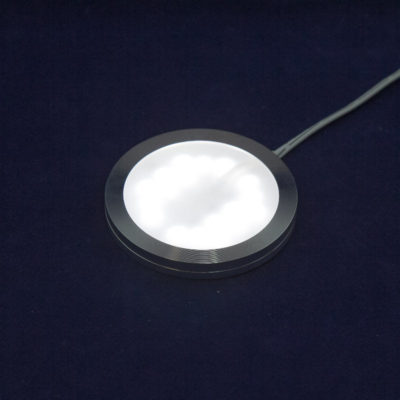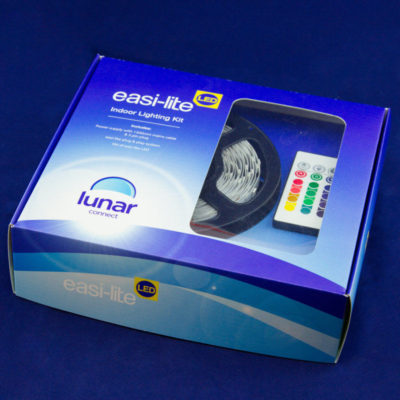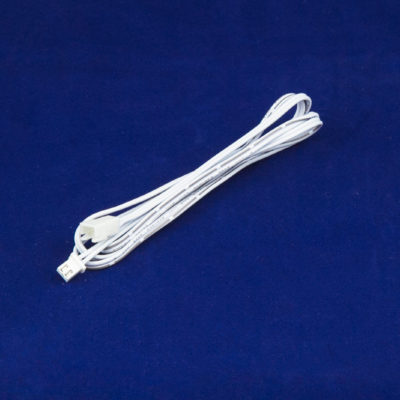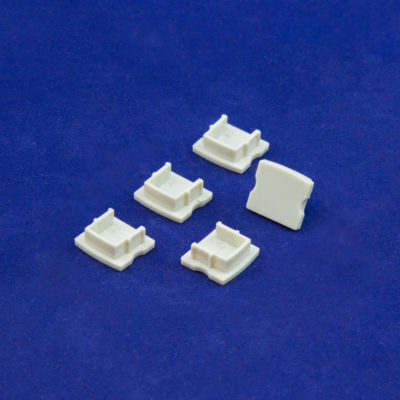What is a Kitchen Plinth?
A kitchen plinth (sometimes referred to as a kickboard) is the name for the board that goes along the floor to the bottom of your base cabinets for the purpose of hiding gaps underneath and for aesthetics. They are used to appear as if kitchen units have been placed directly on the floor and to disguise the cabinet legs. Kitchen plinths usually match the same colour and style as the cupboards, but some people choose to create a modern effect by using a contrast such as mirrored or stainless-steel plinths. Kitchen plinth lights can create an unobtrusive profile and are an addition to task lighting.
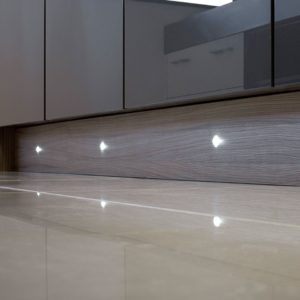
Kitchen Plinth Lights
When lighting kitchen plinths, there are many ways to illuminate. Lighting your kitchen in this way can be decorative, add ambience and reduce the need for bright downlights at night time or when you do not need good visibility to cook. LED strip lights are a great choice for kitchen plinth lighting and the different colours available can change the mood of the room. They are super easy to install, easily adaptable, low energy and work from one power supply. You can also use LED puck lights installed facing outwards and at equally spaced intervals for consistency. These come in a variety of sizes, shapes and brightness levels. The wiring would be hidden behind the plinth, but holes would need to be drilled in the plinth itself which takes more effort than the strip light kits. Both of these types of kitchen lighting are low maintenance and are very cost effective to run because LEDs are very energy efficient.
LED Lighting Installation Ideas
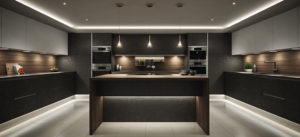 When installing kitchen plinth lights, you also need to consider the theme of your kitchen and the type of flooring you have. For modern kitchens, you may prefer a cool light or colour-changing LED option. Whereas, for a more traditional kitchen, you may prefer circular elegant puck lights in a warm/neutral colour. On very reflective flooring surfaces, LED lights may cause a spotting pattern. However, the lights on LED strips are much closer together and you can also install them inside LED channels which diffuse the light for a more seamless effect.
When installing kitchen plinth lights, you also need to consider the theme of your kitchen and the type of flooring you have. For modern kitchens, you may prefer a cool light or colour-changing LED option. Whereas, for a more traditional kitchen, you may prefer circular elegant puck lights in a warm/neutral colour. On very reflective flooring surfaces, LED lights may cause a spotting pattern. However, the lights on LED strips are much closer together and you can also install them inside LED channels which diffuse the light for a more seamless effect.

